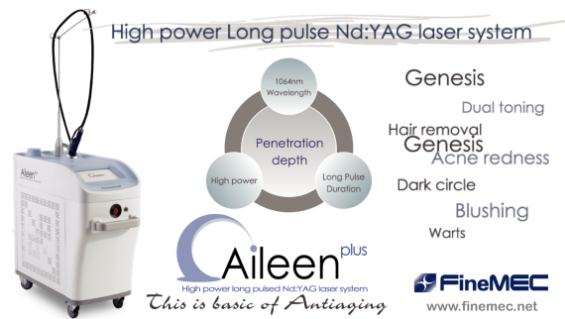▶ Previous Artlcle : #4-2. Understanding Moisturizers
Sunscreens have become an essential part of our daily life. As UV radiations have been found to cause various skin problems such as sun burn, inflammatory response due to oxygen free radicals, reduced collagenesis, photoaging from increased collagen degradation, skin malignancies, etc., interest in sunscreens has increased. Patients are knowledgeable about sunscreen application, SPF and PPA levels, etc. Therefore, dermatologists should have more knowledge about sunscreens than patients to provide better consultation.
Dermatologists are having a hard time keeping track of the influx of various UV blocking products with various effect, protection duration and functions released almost daily. However, they should have up to date information on the most recent developments in sunscreens and be well informed of the ingredients and characteristics.
Definition and composition of sunscreen
Definition
As the name suggests, sunscreen blocks the UV radiations. In an early period, most products blocked UVB but latest products block UVA and visual light as well. The impact of sunlight on skin has been extensively researched, which brought rapid evolution of sunscreening products. How does the sunscreen work? A sunscreen absorbs, reflects or disperses UV radiations to prohibit them from affecting the skin.
[Advertisement] Aileen plus(Long pulsed Nd:YAG Laser) – Manufacturer: FineMEC(www.finemec.net)
Composition
In the US, sunscreen ingredients are regulated as OTC drugs under FDA. Only the products containing 16 active ingredients listed in FDA Sunscreen Monograph can be marketed in the US. On the other hand, sunscreens are classified as cosmetic product in Europe, South America and Asia. Currently a total of 28 sunscreening ingredients have been approved by the MFDS of Korea, which is a lot more than those approved in the US.
Sunscreen ingredients can be grouped into organic and inorganic sunscreening agent. Organic agents are further divided into UVA and UVB screens. UVB organic screens include PABA, cinnamate, and salicylate, etc. The most common UVB organic screen is octinoxate (ethylhexyl methoxycinnamate). UVA organic screens include benzophenone, avobenzone, etc and inorganic screens include titanium dioxide, zinc oxide, kaolin, talc, magnesium compounds, etc.
Characteristics of organic screens
Organic screen absorbs light and converts light energy into heat energy. At least two ingredients should be combined to create organic screen of SPF 15 or higher. Organic sunscreen is colorless and clear with excellent aesthetic results but is easily washed away with water and may cause allergic contact dermatitis. The most common example of such sunscreening agent is oxybenzone. Avobenzone has low photostability and photolyzed when exposed to UV radiations. Padimate O[ethyl-hexyl dimethyl para-aminobenzoic acid (PABA)] and octin-oxate (ethylhexyl methoxycinnamate) are susceptible to photolysis. Therefore, iron chelator, vitamin C, and vitamin E are added to sunscreen to inhibit photodegradation. Polyphenols with antioxidative action such as flavonoids, procyanidins, osmolytes such as taurine 13, ectoine 14, or DNA repairing agents such as photolyase or T4 endonu- clease V are also included in suncreens.
Characteristics of inorganic screen
inorganic screen contains pigments and forms an opaque film over the skin surface. This film is impermeable to sun light which is reflected and scattered. inorganic screens can block UVB, UVA as well as visible light. It is hypoallergenic and not water-soluble. However, white splotches in areas of application may pose aesthetic problems. It also seals the follicles possibly leading to miliaria or folliculitis. To enhance aesthetic outcome, inorganic screens composed of nano particles (100nm or smaller diameter) can be used. But controversy exists over the safety of nano particles.
Use of sunscreens
The recommendation is to apply the sunscreen 30 minutes before going outside. When is the best time to apply sunscreen? What is the duration of the screen? Generally, a sunscreen provides protection for 2-3 hours. Therefore, it is advisable to wear sunscreen from 11 a.m. to 3 p.m. when the sun is at its brightest and reapply 2-3 hours later. Latest products have longer duration of sun protection. Water soluble products should be regularly reapplied after sweating from exercise or swimming, etc to maintain the screening effect.
-To be continued-
▶ Next Artlcle : #5-2. Sunscreen overview





















